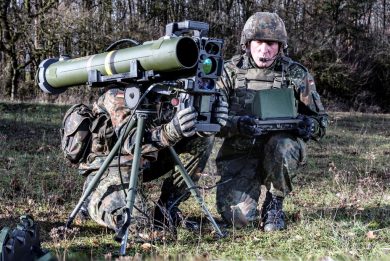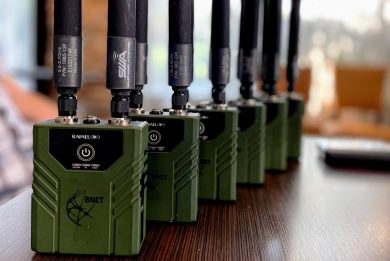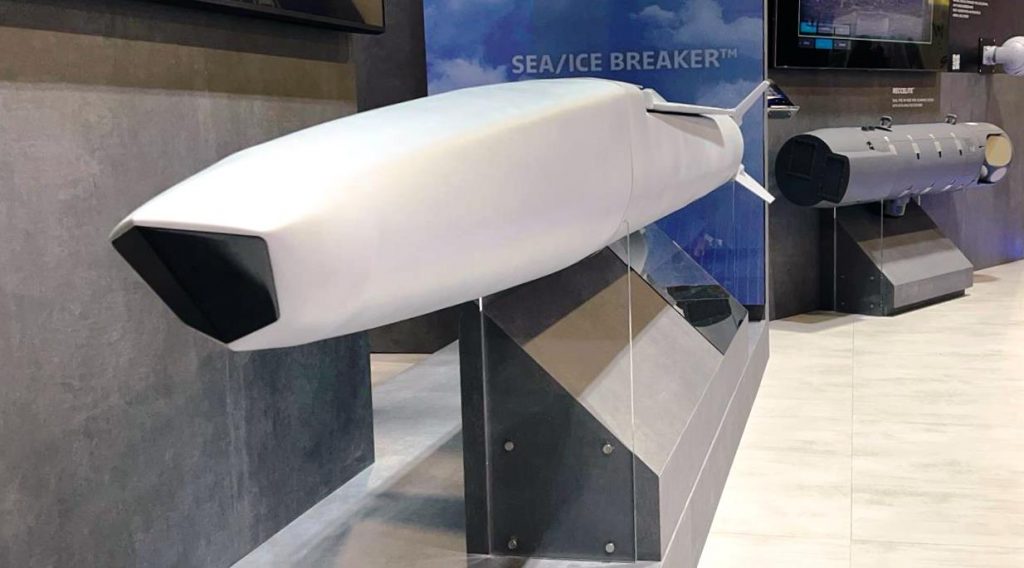
Singapore Airshow – Rafael: Ice and Sea Breaker ready for delivery in 2025
At the Singapore Airshow Rafael announced that its Ice Breaker and Sea Breaker long-range strike missiles will be ready for delivery in 2025
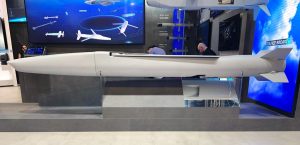
Unveiled respectively in 2021 the surface-launched Sea Breaker and in 2022 the air-launched Ice Breaker, these two high-subsonic missiles with a 300 km range designed by Rafael have obtained their first contracts, the Israeli company announced at the Singapore Airshow, first deliveries being expected in 2025.
In 2023 the company conducted two major tests that allowed to acquire a consistent knowledge on system behaviour, and consequently permitted to de-risk the final stage of development. It is to note that the 4 metres long missile, which mass is around 400 kg, 110 kg being represented by the warhead, contain several combat-proven modules. This allowed a smooth transition between development and production, the latter phase having started, with deliveries planned within the next two years. EDR On-Line understood that two missiles successfully underwent qualifrication tests conducted by Rafael.
“At the Singapore Airshow we are showcasing a mature missile,” a Rafael source told EDR On-Line, “and by the time we will have finished producing the first missiles we expect to have more customers.” Currently manufacturing and assembly are carried out in Israel, however company sources underlined that Rafael is ready to favour partial production localisation should a customer require it.
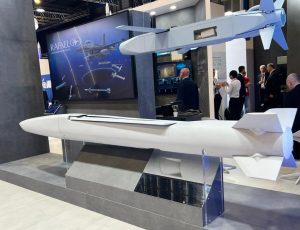
“The two missiles are able to answer a wide type of challenges that today world is facing, on different battlefields, on land and at sea,” Ofer Weinberg, Vice President, Head of Business Development & Marketing Air and C4ISR division at Rafael told EDR On-Line, adding “While all planned results were achieved, it is clear that future scenarios might present new challenges, and those missiles have growth potential that will allow modifications and the insertion of new technologies based on lessons learned in combat.”
A very low observable missile designed to penetrate anti-access/area denial bubbles, with a navigation system based on an inertial platform, an anti-jam GPS, and a terrain contour matching (TERCOM), which makes it capable to operate in GPS-denied scenarios, it is fitted with a dual-way data-link allowing man-in-the-loop control, in-flight mission update and battle damage assessment, the last phase of the attack being conducted under the guidance of an imaging infrared sensor with artificial intelligence algorithms. TERCOM not only allows flying without GPS upgrades to the inertial system, but also permits to operate at very low-level providing navigation on land and keeping the missile as low as possible at sea. Rafael considers its “breakers” a cost-effective solution against many types of key targets.
Photos courtesy J. Roukoz

